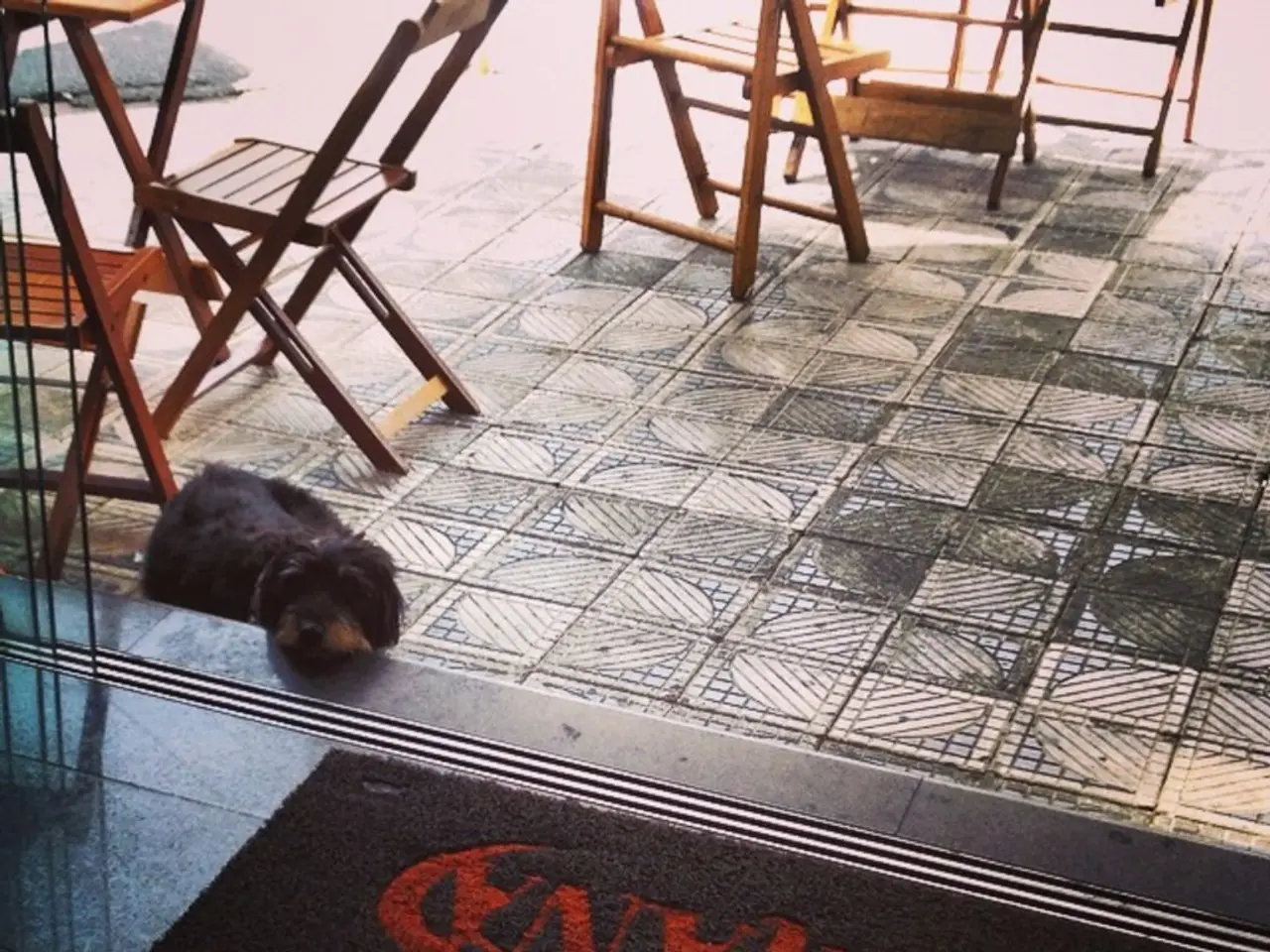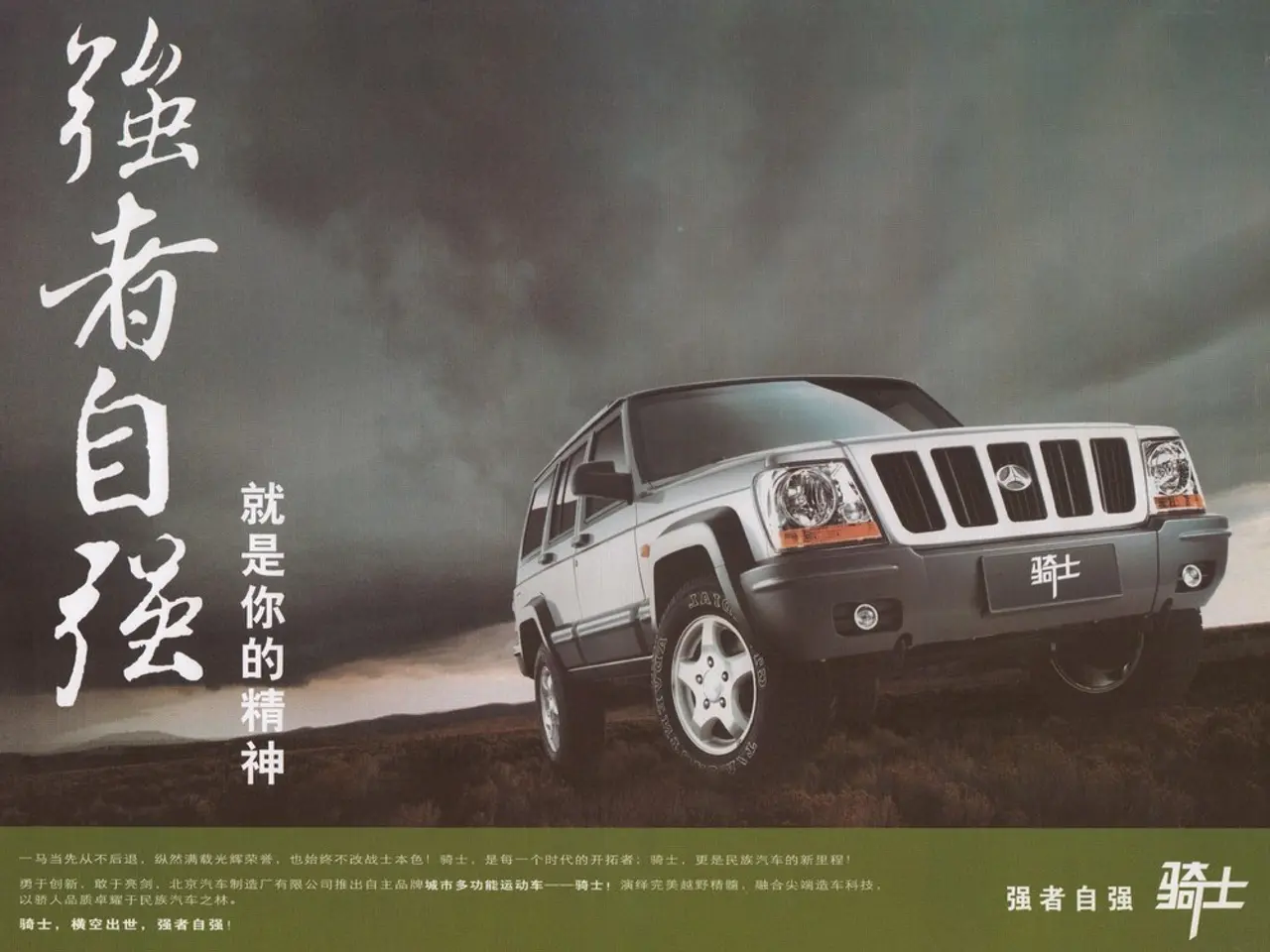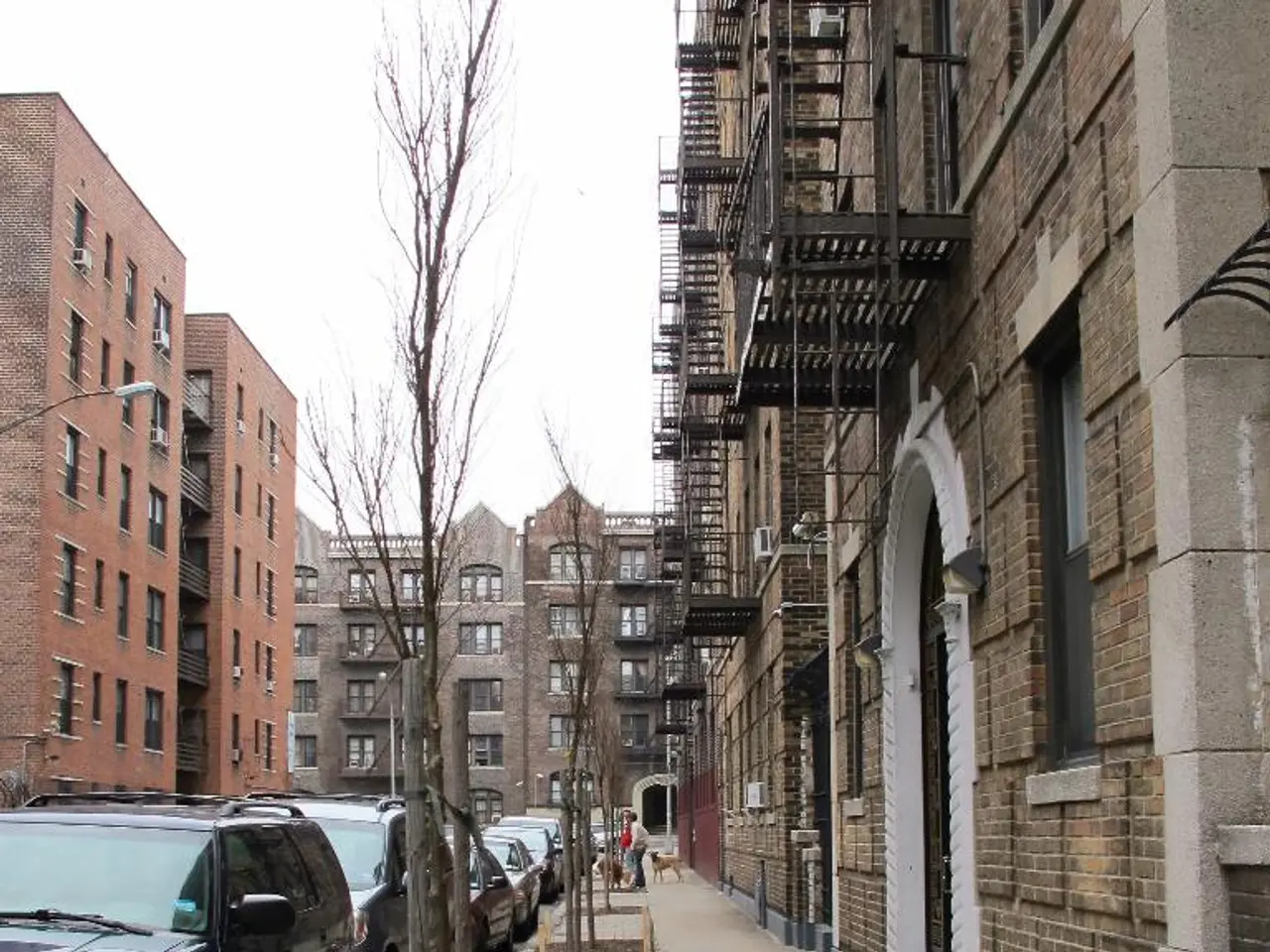Increased sales in the polyols and polyurethane market expected to surpass USD 72.0 billion | Compound annual growth rate of 4.6% predicted
Global Polyols and Polyurethane Market on an Uptrend, with North America Leading the Charge
The global market for polyols and polyurethane is experiencing steady growth, driven primarily by expanding applications in the construction, automotive, and consumer goods industries. According to industry projections, the market for polyurethane alone is projected to reach approximately USD 87.5 billion in 2025 and further grow to about USD 113.8 billion by 2030 at a CAGR of around 5.36%. The combined polyols and polyurethane market is expected to grow from about USD 45.9 billion in 2024 to USD 72.0 billion by 2034, at a CAGR of 4.6%.
North America stands out as a particularly strong market for these materials, with a valuation of roughly USD 19.5 billion within the polyols and polyurethane sector. The region's growth is largely driven by industries such as automotive, construction, aerospace, and furniture. Major automotive manufacturers, including Ford, General Motors, and Tesla, rely on polyurethane coatings and foams to meet durability, lightweighting, and fuel-efficiency targets. Renovation and infrastructure development projects also boost demand for polyurethane foams in bedding, furniture, and construction applications.
Key trends and growth drivers for the polyols and polyurethane market include the automotive industry's increasing demand for lightweight, high-performance composites and interior components to enhance fuel efficiency and lower emissions. Polyurethane is used for seats, headliners, interior trims, and coatings, helping reduce vehicle weight and improve sustainability. In the construction sector, the rising adoption of rigid polyurethane foams for thermal insulation in residential and commercial buildings supports energy efficiency goals and regulatory compliance. Growth in the consumer goods sector, particularly in the mattresses, furniture, footwear, and upholstery sectors, also fuels demand for flexible polyurethane foams.
Sustainability and regulatory drivers, such as the shift towards low-VOC and waterborne polyurethanes, alongside R&D investments in bio-based polyols and prepolymers, reflect tightening environmental regulations and sustainability trends, especially in Europe and North America. The growing electric vehicle production also demands polyurethane prepolymers for lightweight and thermal management, reflected in increased imports and capacity expansions.
In summary, the global polyols and polyurethane market is robust, with a projected CAGR around 4.6–5.4%, driven especially by North America's automotive and construction sectors, underpinned by innovation in sustainable and high-performance materials. The integration of polyurethane into lightweight composites and energy-efficient building materials remains a dominant growth theme.
Some notable developments in the market include Mitsubishi Chemical Group's introduction of two sustainability-driven innovations in October 2024: BioPTMG for bio-synthetic leather products and high-biomass grades of BENEBiOL polycarbonate diols. Evonik unveiled TEGOSTAB surfactants based on renewable feedstocks and ISCC PLUS supply chains at PU China 2024, and announced that its global amines platform now runs on green electricity in April 2024.
In 2024, North America accounted for 42.7% of the total market share with a valuation of USD 19.5 billion. Polyurethane Foam (PUF) was the leading product type in the polyurethane segment in 2024, holding a strong 71.2% market share. The construction industry held a 34.7% share in the global polyols and polyurethane market in 2024, making it the top end user.
Looking ahead, the market's compound annual growth rate (CAGR) is 4.6% between 2025 and 2034, with the global polyols and polyurethane market projected to reach approximately USD 72.0 billion by 2034. The market in Asia Pacific, driven by rapid industrialization and urban development, particularly in China and India, and Europe, supported by a growing emphasis on sustainability and eco-friendly manufacturing practices, are expected to contribute significantly to the market's growth. Latin America and the Middle East and Africa also present emerging opportunities due to growing polyurethane applications and rising construction activity.
The global polyurethane market, a significant segment of the broader polyols and polyurethane market, is projected to reach approximately USD 113.8 billion by 2030, indicating growth in the finance sector due to increased investments in the industry. In the transportation sector, major automotive manufacturers like Ford, General Motors, and Tesla use polyurethane coatings and foams, demonstrating its importance in the automotive industry.
The Asia Pacific region, with its rapid industrialization and urban development, particularly in China and India, is expected to contribute significantly to the growth of the polyols and polyurethane market in the future, showcasing opportunities in transportation and infrastructure development.




